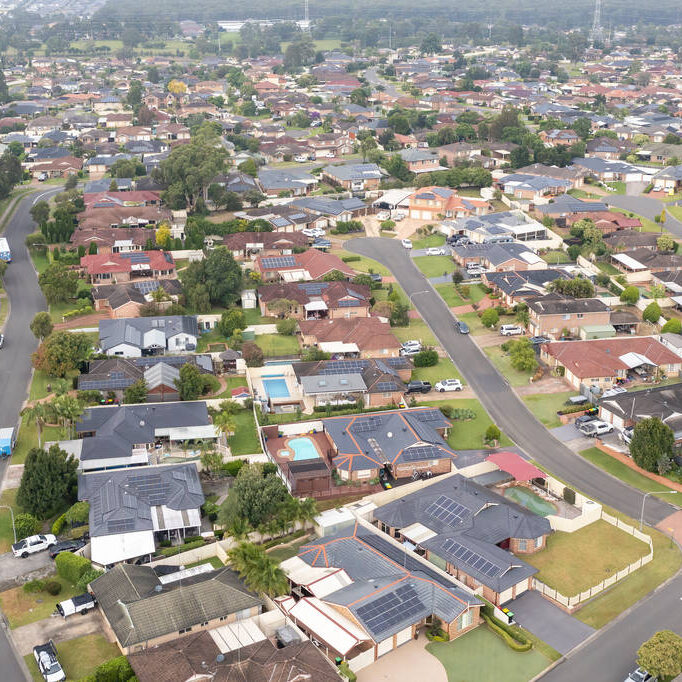You may be chasing more affordable prices, dreaming of a lifestyle change, or spotting investment potential in a different market altogether. No matter the reason, buying property in another state can be pretty tempting. But let’s be clear: buying interstate isn’t quite the same as finding a place down the road. You may have to […]
Suburbs with the Highest Rental Yield in Tasmania
The term “rental yield” is music to any property investor’s ears. It’s the key metric that indicates the annual return on your investment, essentially the percentage of the property’s value that comes back to you in rental income. In a market like Tasmania, which has been gaining traction for its overall investment appeal, pinpointing the suburbs with the highest rental yields can be the golden ticket to positive cash flow and a resilient investment portfolio. So, if you plan to invest in property in Tasmania, explore the data in this blog and see where the smart money plants its roots.
The Standouts: Suburbs Leading the Yield Race
Recent reports, including those from CoreLogic Australia, have shone a light on specific Tasmanian suburbs with the highest rental yields in the state, even comparable to the rest of Australia. While the exact figures can fluctuate based on market conditions and the type of property, a few areas consistently stand out.
Zeehan (Average rental yield: 7.8%)
Located on the West Coast of Tasmania, Zeehan is a town with a rich mining history. Often characterised by more affordable housing prices, the rental demand in areas like this can be surprisingly resilient due to local employment opportunities in mining, tourism, and related industries. While perhaps not boasting the same capital growth potential as Hobart suburbs, Zeehan’s lower entry point significantly boosts the rental yield. Plus, it’s easy to attract and retain tenants here. The tenant demographic here often includes workers in the local industries and families seeking affordable housing.
Brighton (Average rental yield: 6.4%)
Situated north of Hobart, Brighton has been experiencing significant growth in recent years, attracting growing families and those seeking a more affordable lifestyle within commuting distance of the capital. The development of new housing estates and infrastructure in Brighton has contributed to a strong rental market, catering to a diverse range of tenants. The relative affordability of properties compared to Hobart and the increasing demand for rental accommodation in this growing satellite suburb results in attractive rental yields for investors. Whether you’re on the hunt for newer houses or some established properties to rent out, you can find them here.
Queenstown (Average rental yield: 8.2%)
Also situated on the West Coast, Queenstown is known for its beautiful landscape and mining heritage. The key drivers for its high rental yield include the affordability of properties and a steady demand for rentals from the local workforce and potentially tourism-related employees. Investors might find opportunities in houses and smaller units, depending on the needs of the tenant pool in different parts of the town.
Decoding the Data: What Fuels These Attractive Yields?
The consistently high rental yields in these Tasmanian suburbs aren’t a fluke. That’s because they’re driven by a combination of interconnected factors:
The Power of Affordability
A primary driver of high rental yields is the affordability of the properties themselves. In suburbs where the median house price is significantly lower than in major metropolitan areas or even Hobart’s prime suburbs, the rent collected represents a larger percentage of the initial investment. This allows investors to achieve a higher return on their capital outlay from day one.
Strong and Consistent Rental Demand
Despite potentially smaller populations than larger cities, these high-yield suburbs often have a consistent and sometimes even undersupplied rental market. This demand can be driven by local employment hubs (like the mines on the West Coast), essential services, and a community of residents who prefer or need to rent. Lower vacancy rates in these areas can boost the overall profitability for investors.
Tenant Demographics and Property Types
The tenant demographics in these high-yield areas often consist of working families, individuals employed in local industries, and potentially students or those in short-term work arrangements. The types of properties that tend to perform well in terms of yield are often more traditional houses that cater to families or smaller or more affordable units that appeal to individuals or couples. Understanding the local tenant needs and preferences is key to selecting the right investment property type.
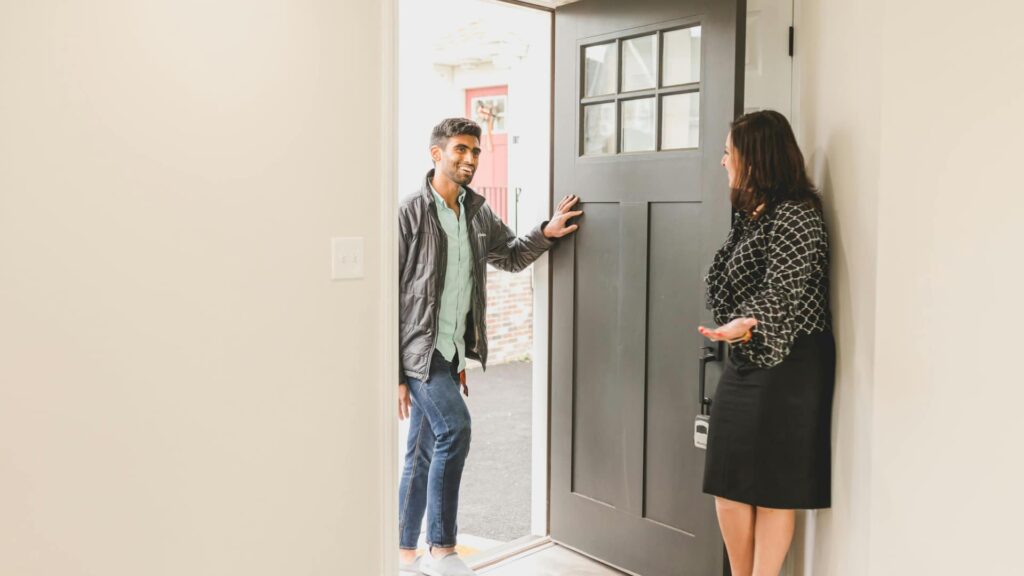
Beyond the Numbers: Essential Considerations for Investors
While a high rental yield is undoubtedly attractive, investors must look beyond the numbers and consider other vital factors:
Balancing Yield with Capital Growth Potential
While the suburbs mentioned might offer impressive rental yields, their potential for rapid capital growth might differ from that of Hobart or other higher-demand areas. Investors need to weigh their priorities—are they primarily focused on immediate cash flow, or are they seeking long-term capital appreciation? A balanced approach might involve considering suburbs with a good combination of both.
The Importance of Low Vacancy Rates
A high rental yield on paper doesn’t mean much if your property sits vacant for extended periods. Researching the vacancy rates in these high-yield suburbs is a must. Always remember that consistently low vacancy rates indicate strong tenant demand and a more reliable income stream in the long run.
The Role of Effective Property Management
Regardless of the rental yield, cost-efficient property management helps maximise returns and minimise hassles. With a good property manager, you can rest assured knowing someone professional can handle tenant selection, rent collection, and property maintenance to ensure a smooth and profitable investment experience.
Understanding Local Economic Drivers
It’s wise to understand and consider the underlying economic factors that support the rental market in these high-yield areas. Are the local industries stable? Are there any planned developments or infrastructure projects that could impact the population and rental demand in the future?
Investing Smart: Tips for Targeting High-Yield Areas
If you’re looking to capitalise on Tasmania’s high-yield suburbs, here are a few tips:
- Conduct Thorough Local Research: Do not just rely on headline figures. Explore the specific streets and micro-markets within these suburbs to recognise the nuances of the local rental market and take advantage of them.
- Be Familiar with Tenant Needs: Research the property types in the highest demand among renters in your target suburbs. Tailoring your investment to meet these needs can lead to quicker tenant placement and lower vacancy rates.
- Take a Long-Term View: Property investment is typically a long-term strategy. Consider the potential for future growth and the long-term stability of the rental market in these areas.
- Seek Local Expertise: Connect with real estate agents and property managers with extensive experience in the specific high-yield suburbs you’re considering. Their on-the-ground knowledge can impact your investment.
- Get Your Finances in Order: Before diving in, ensure you have a clear understanding of your borrowing capacity and mortgage options. Speaking with an experienced and local mortgage broker like us at Deltos Finance can help you structure your investment loan effectively.
Take Advantage of High-Yield Tasmanian Properties
Tasmania’s property market offers diverse opportunities for investors. In 2024, we listed the best Tasmanian suburbs to invest in, but this 2025, the suburbs with the best rental yields present a compelling case, especially for those prioritising strong cash flow. These areas might differ in their lifestyle appeal or capital growth potential from other parts of the state. However, their numbers speak for themselves in terms of immediate returns.
All that’s left for you to do is to conduct thorough research, understand the local dynamics, and partner with experienced professionals to potentially harvest the rewarding benefits of Tasmania’s top-performing rental markets.
Contact us today to learn more.
Enquire Now
Find Your Perfect Finance Solution
Let's discuss your finance needs. We’re here to help.
More posts from Deltos Finance

Launceston: A ‘Second Wind’ Property Market You Should Invest in Now
When talk turns to Tasmania’s property scene, it’s easy for the spotlight to shine brightly on Hobart, with its bustling waterfront and historic charm. But just a little further north, nestled at the head of the picturesque Tamar Valley, lies Launceston—a city that quietly hits its stride and presents a compelling proposition for savvy property […]
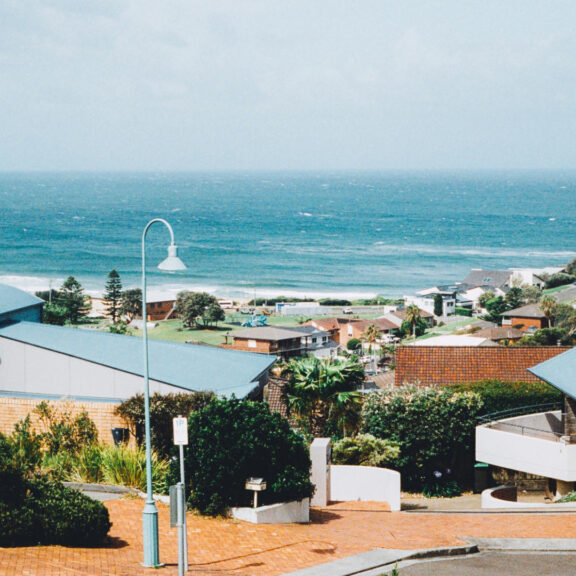
How Often Does Property Double in Value?
Every homeowner has likely dreamed of their property doubling in value in the future, turning into a valuable nest egg or funding their next big adventure. But how long does it actually take for a property to double in value? And how often does it happen? While there’s no magic eight-ball to predict the property […]

Stamp Duty Exemption for First-Home Buyers in Tasmania: Has It Paid Off?
Purchasing a property has historically come with major financial difficulties, especially for first-home buyers in Tasmania or any other state for that matter. The stamp duty is one of those most notable monetary challenges for homebuyers. Essentially, it’s a tax levied on property purchases that often adds tens of thousands of dollars to upfront costs. […]

Difference Between Airbnb and Traditional Renting in Hobart
Hobart’s property market has become a hotspot for investors largely because of its strong tourism demand and stable rental market. But that doesn’t mean all property investments in this Tasmania capital are a sure win. One factor to consider is deciding between short-term rentals like Airbnb and traditional long-term renting. Each option has distinct advantages […]
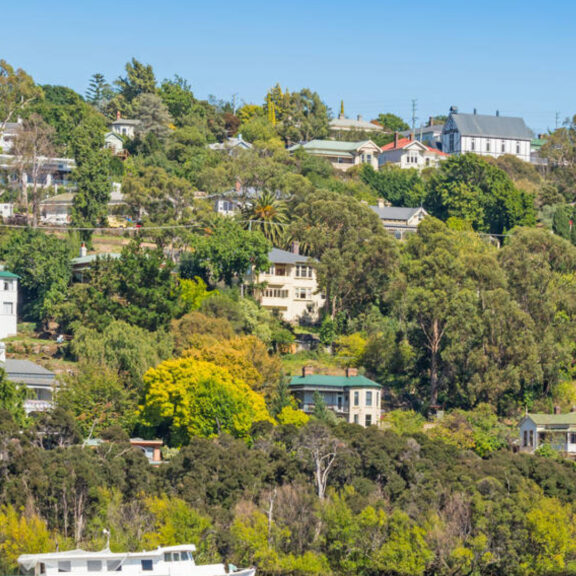
Is Launceston a Good Place to Live?
The short answer is yes, especially if you want a more affordable lifestyle without giving up access to key services, natural beauty, and long-term opportunities. Also, with its blend of heritage charm, steady economic growth, and a property market still within reach for many Australians, Launceston, Tasmania, is gaining momentum as a popular area for […]

Hobart Property Management Fees: A Complete Guide
You’ve already secured an investment loan and finalised your rental property purchase in Hobart. Now, it’s time to take action by listing the property for rent and managing it effectively to start generating rental income. But how much should you expect to spend on property management in Hobart, Tasmania? As Tasmania’s capital continues to attract […]
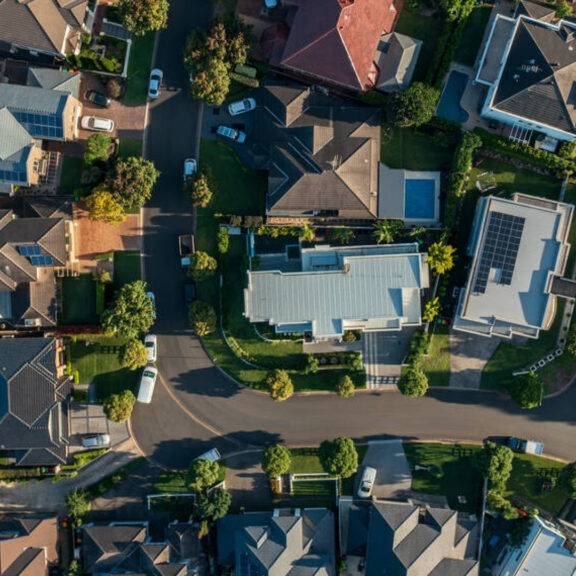
How Rising Property Prices Affect Your Home Loan and Buying Potential
Here’s the good news: the Australian real estate market has been experiencing significant growth in recent years, with house prices in major cities reaching record highs. It can be a huge win for homeowners and investors, especially those planning to sell their properties soon. However, this can be an issue for potential property buyers, including […]

Build Your Wealth with a Simple Guide to Using Your Home Equity
Building wealth requires adopting the right mindset and being strategic when using available financial instruments. Essentially, it’s about making your money work in your favour. But what if you don’t have enough cash to start creating wealth? There’s an underutilised strategy that we want to share with you, and that is leveraging your home’s equity—the […]

Preparing for Interest Rate Cuts in 2025: Smart Moves to Take
The Reserve Bank of Australia (RBA) has cut rates for the first time since 2020, but several banks have yet to pass on cuts. The RBA interest rate cuts in 2025 can provide relief for borrowers and stimulate the property market. If you’re a homeowner or property investor, this presents a golden opportunity to reassess […]


